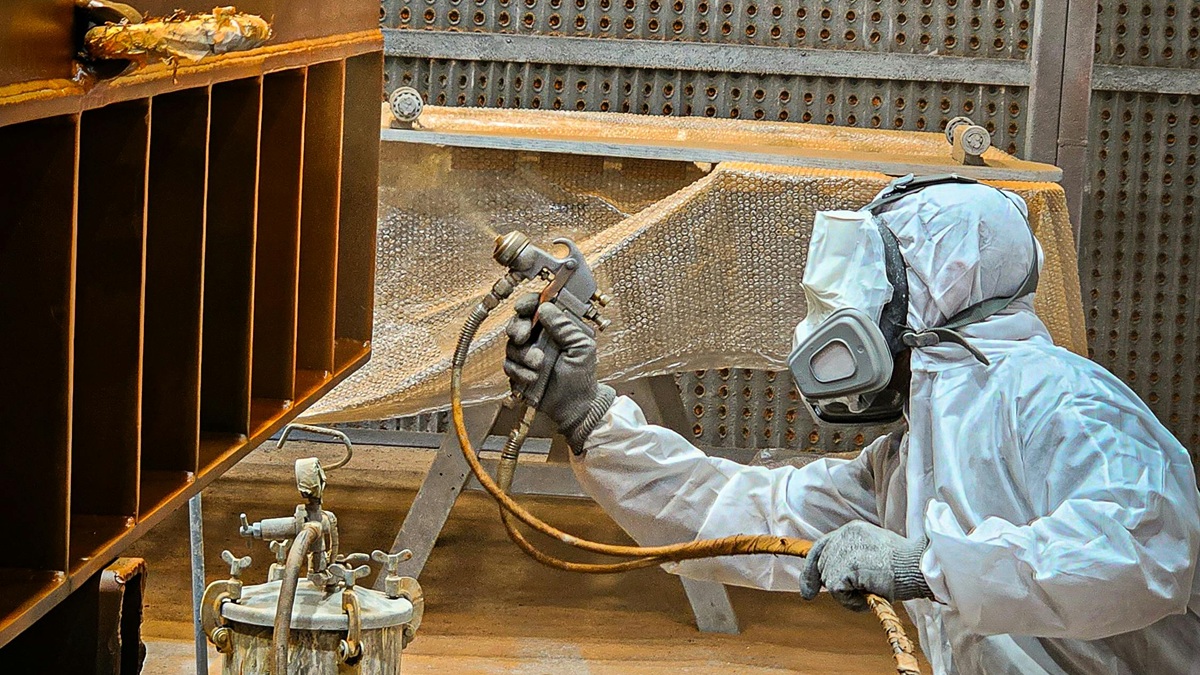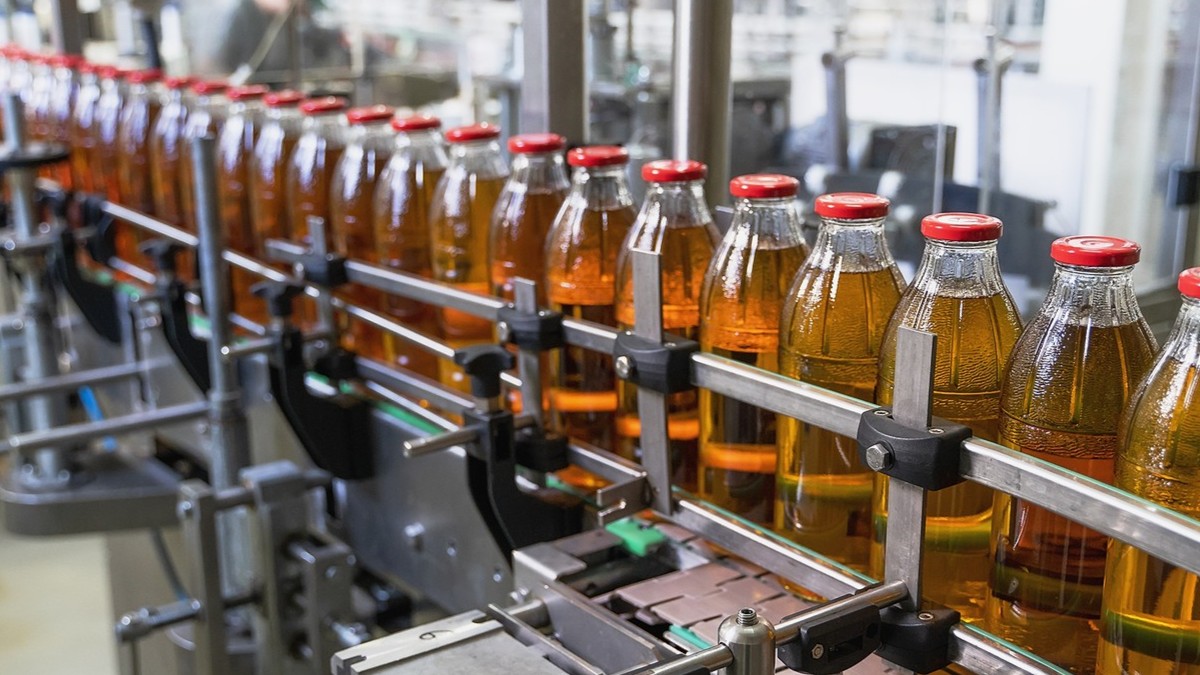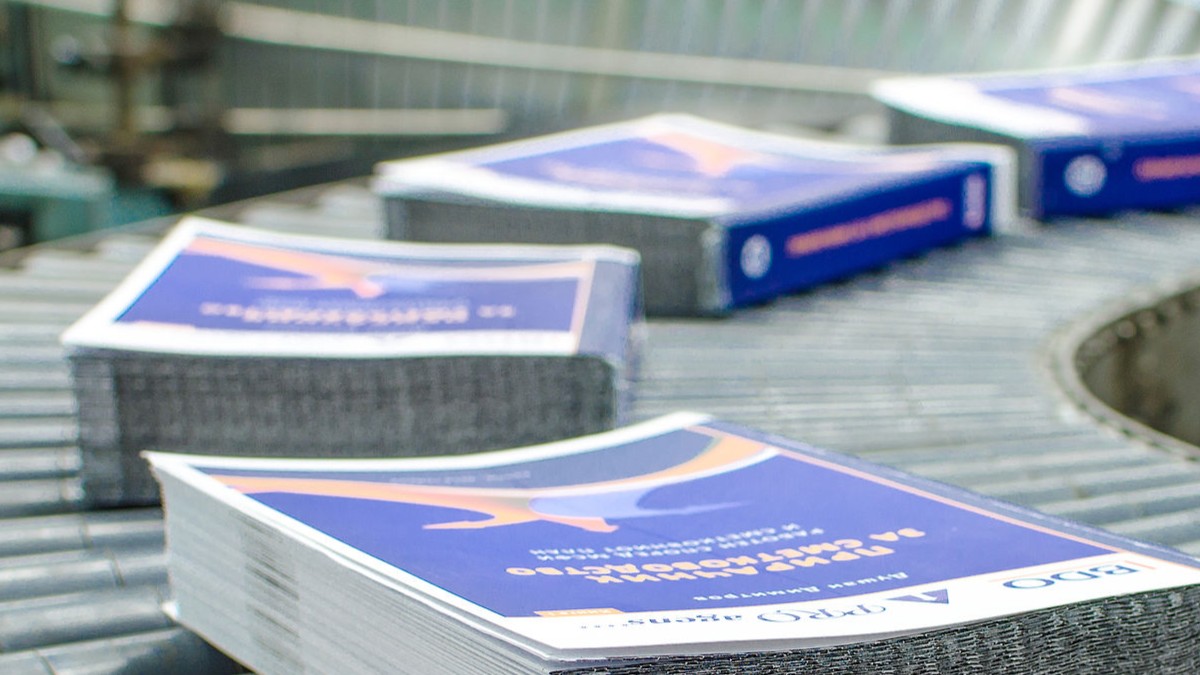As CNC machining and precision metal processing continue to grow, machine tools release large amounts of oil mist, atomized coolant droplets, smoke, and fine oil particles during operation. Prolonged exposure to such environments not only endangers operator health but also affects machine accuracy and maintenance costs. Therefore, highly efficient oil mist filtration equipment has become an essential asset in modern machining facilities.
Innovative Oil Mist Purification Solutions Tailored for CNC
Oil Mist Filtration Technology:
Utilizing a 3D impact filtration design combined with powerful turbo fan blades, the system can efficiently capture up to 99.9% of airborne particulate contaminants. Collected oil mist is recovered and reused, achieving filtration rates as high as 99.9%.
Powerful Turbo Fan Blades:
Equipped with strong centrifugal suction, the unit balances stable operation with user-friendly design. It can be directly mounted on CNC machines without interfering with workspace or operational efficiency.
Oil Mist Recovery and Reuse:
Collected oil mist is recycled directly without further filtration, reducing waste and environmental discharge.
Low Vibration and Noise Design: Installed on CNC machines, the device
minimizes operational disruption. Real-time filter lifespan monitoring alerts users when replacements are needed, ensuring sustained filtration efficiency and stable operation.
How Does the Oil Mist Air Cleaner Work?
Primary Filtration – Metal Chips and Particle Screening:
The first defense line is a stainless steel woven mesh placed between the machine tool and the oil mist recovery system, effectively intercepting metal chips and larger particles to protect subsequent filters.
Cyclone Filtration:
Specially designed centrifugal fan blades create a unique vortex effect, boosting oil mist collection efficiency while generating static electricity that helps particles adhere to the stainless steel mesh.
High-Efficiency Oil Separation and Collection:
The third filtration stage uses a large-area filter mesh optimized for oil mist recovery efficiency, leveraging cyclone flow design to ensure superior filtration performance.
Centrifugal Filtration:
The fourth stage employs a high-speed centrifugal impeller, generating strong suction vortex forces oil mist to adhere to the filter’s inner walls and be effectively collected by internal oil baffles.
HEPA Filtration:
The final stage uses a canister HEPA filter to capture sub-micron mist and smoke particles, returning highly purified air back to the work environment.
New Trends in Industrial Air Quality Solutions
Support for Smart Manufacturing:
Future integration with equipment monitoring and Industrial IoT will enable connection to MES management systems, allowing real-time monitoring of oil mist concentration and operational status. This significantly enhances equipment utilization and reduces unplanned downtime, supporting efficient and stable smart factory operations.
Green and Sustainable Applications:
Recycling oil mist reduces carbon emissions and operating costs. Direct recirculation of oil mist lowers carbon footprint and energy consumption, aiding factory environmental certifications and sustainable development goals.
Occupational Safety and Health Monitoring:
High-efficiency filtration removes over 99% of oil mist particles, creating a clean production environment, reducing exposure to volatile organic compounds, lowering occupational disease risks and fire hazards. It meets workplace health and safety requirements by early controlling volatile concentration and minimizing occupational hazards.
Integrated Machine Package Sales Strategy:
Synchronizing installation and sales with CNC machines simplifies procurement for end customers, providing a unified and professional solution.
Conclusion
Taiwan has evolved in CNC machine tool oil mist purification from simple filtration devices to integrated solutions combining multi-stage high-efficiency filtration, oil mist recovery, and intelligent monitoring. These technologies significantly improve factory air quality, protect operator health, and reduce machine maintenance costs. Furthermore, through IoT and system integration (e.g., MES), equipment availability and production efficiency are enhanced. As Industry 4.0 and sustainability transformation accelerate, oil mist purification systems are shifting from auxiliary equipment to core modules of smart manufacturing and green production. Along with OEM/ODM machine integration, regulatory compliance, and occupational safety demands, they are becoming key drivers of industrial upgrading.


.jpg)
.jpg)










.jpg)